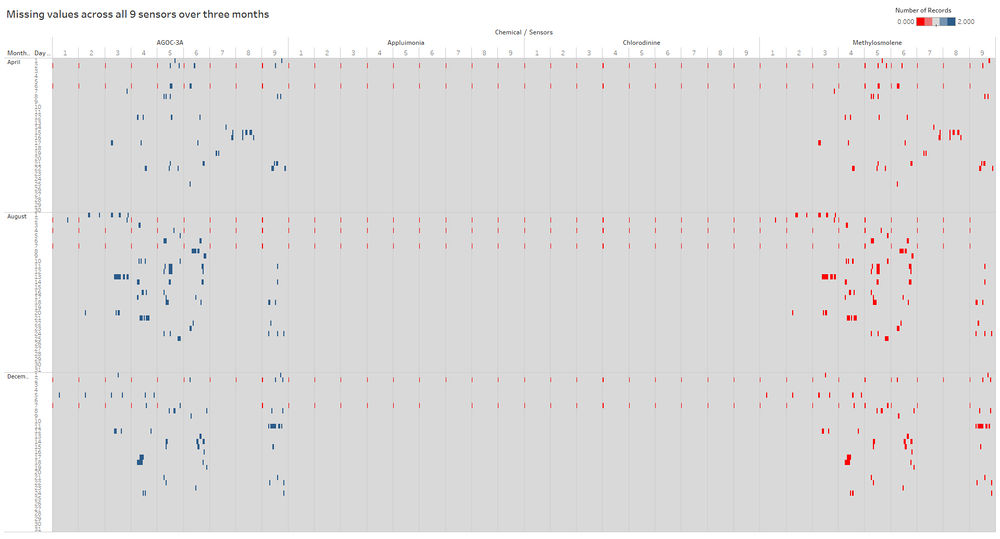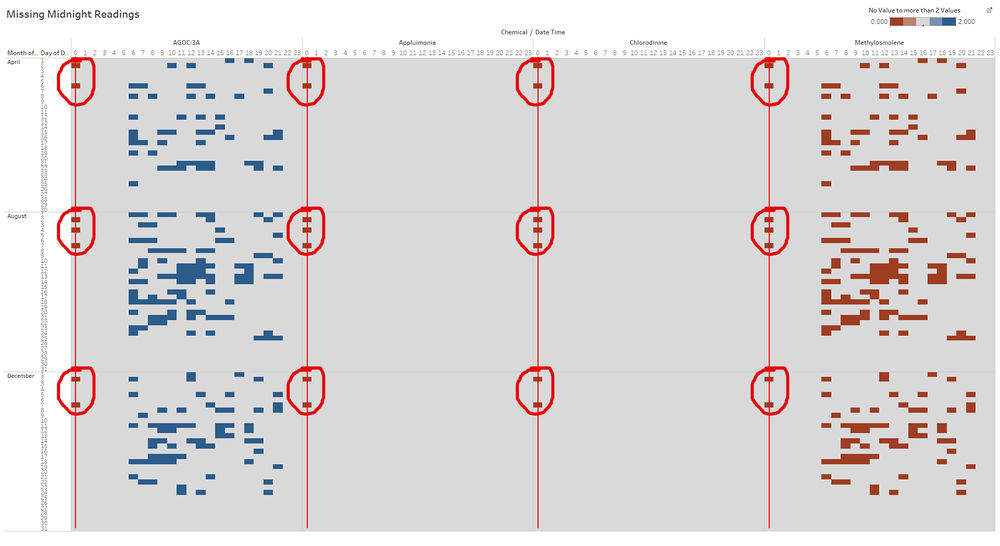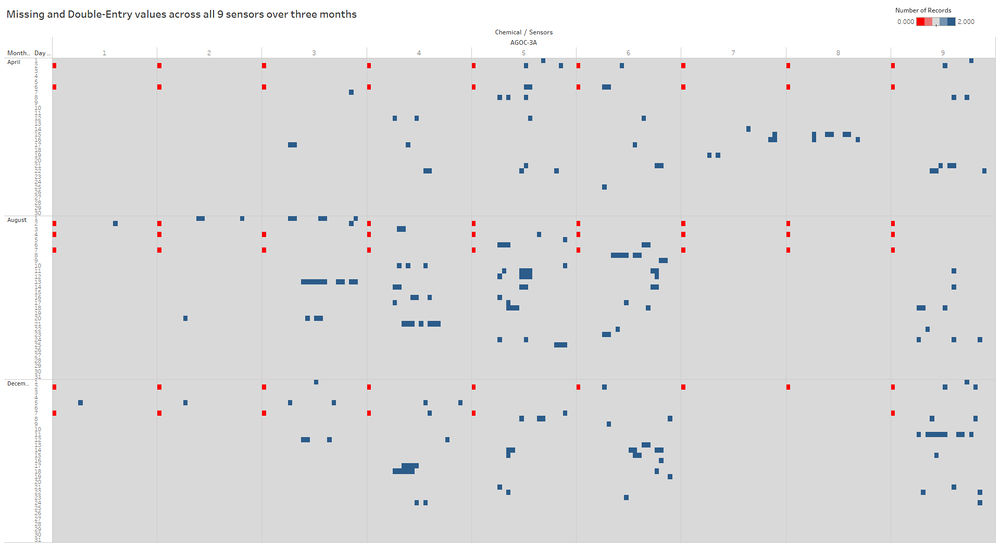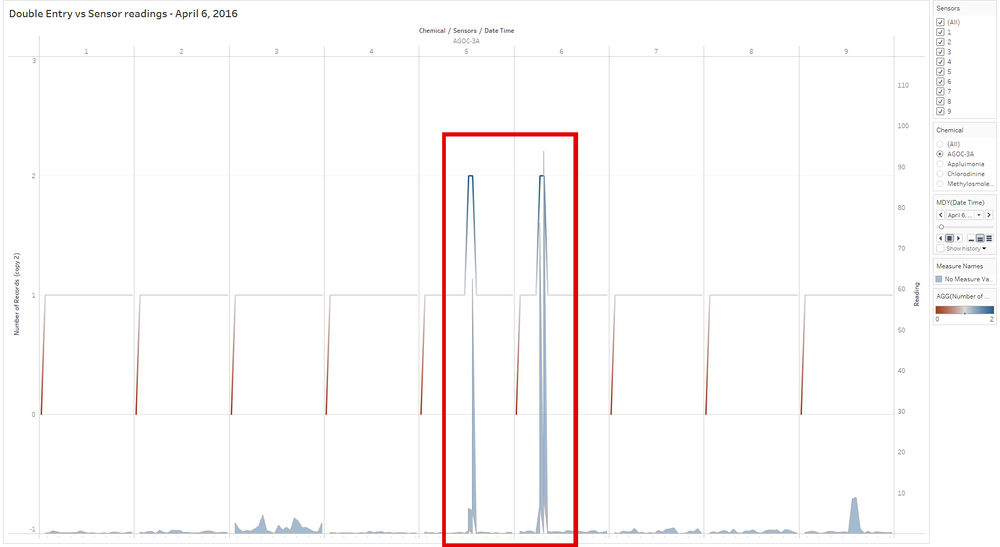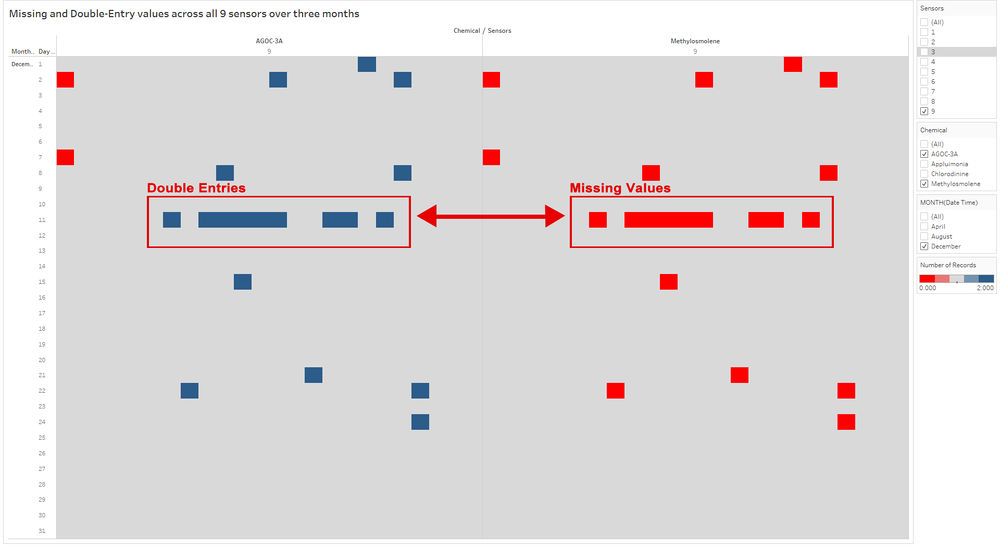IS428 2017-18 T1 Assign Tay Wei Rong
Links
Overview
Mistford is a mid-size city is located to the southwest of a large nature preserve. The city has a small industrial area with four light-manufacturing endeavors. Mitch Vogel is a post-doc student studying ornithology at Mistford College and has been discovering signs that the number of nesting pairs of the Rose-Crested Blue Pipit, a popular local bird due to its attractive plumage and pleasant songs, is decreasing! The decrease is sufficiently significant that the Pangera Ornithology Conservation Society is sponsoring Mitch to undertake additional studies to identify the possible reasons. Mitch is gaining access to several datasets that may help him in his work, and he has asked you (and your colleagues) as experts in visual analytics to help him analyze these datasets.
Mitch Vogel was immediately suspicious of the noxious gases just pouring out of the smokestacks from the four manufacturing factories south of the nature preserve. He was almost certain that all of these companies are contributing to the downfall of the poor Rose-crested Blue Pipit bird. But when he talked to company representatives and workers, they all seem to be nice people and actually pretty respectful of the environment.
In fact, Mitch was surprised to learn that the factories had recently taken steps to make their processes more environmentally friendly, even though it raised their cost of production. Mitch discovered that the state government has been monitoring the gaseous effluents from the factories through a set of sensors, distributed around the factories, and set between the smokestacks, the city of Mistford and the nature preserve. The state has given Mitch access to their air sampler data, meteorological data, and locations map.
The Task
General Task
The four factories in the industrial area are subjected to higher-than-usual environmental assessment, due to their proximity to both the city and the preserve. Gaseous effluent data from several sampling stations has been collected over several months, along with meteorological data (wind speed and direction), that could help Mitch understand what impact these factories may be having on the Rose-Crested Blue Pipit. These factories are supposed to be quite compliant with recent years’ environmental regulations, but Mitch has his doubts that the actual data has been closely reviewed. Could visual analytics help him understand the real situation?
The primary job for Mitch is to determine which (if any) of the factories may be contributing to the problems of the Rose-crested Blue Pipit. Often, air sampling analysis deals with a single chemical being emitted by a single factory. In this case, though, there are four factories, potentially each emitting four chemicals, being monitored by nine different sensors. Further, some chemicals being emitted are more hazardous than others. Your task, as supported by visual analytics that you apply, is to detangle the data to help Mitch determine where problems may be. Use visual analytics to analyze the available data and develop responses to the questions below.
The Specific Tasks
Task #1
Q1: Characterize the sensors’ performance and operation. Are they all working properly at all times? Can you detect any unexpected behaviours of the sensors through analyzing the readings they capture? Limit your response to no more than 9 images and 1000 words.
Missing values across 9 sensors over three months
Across the 9 sensors, each measure the four chemicals (AGOC-3A, Appluimonia, Chlorodinline and Methylosmolene) they are generally working 24 hours daily across the three months sample period (April, August and December) its records the reading of the chemicals. The graph below shows the exception of some periods that have missing values in the recording of the chemicals across the three months. The red symbolizes the missing values from the dataset, the blue symbolizes double entry values which will be explained in the later part and lastly, the grey symbolizes values with one reading.
Missing midnight values
There are some values that clearly shown a clear pattern within the dataset. The graph above shows 7 missing values during midnight (0 hours) along the red lines except for some dates that have values in it which is explained in the table below. (Yes (Y) = Some Sensors has read, No (N) Sensors has no reading at all).
AGOC-3A
| Sensors/Date | 1 | 2 | 3 | 4 | 5 | 6 | 7 | 8 | 9 |
|---|---|---|---|---|---|---|---|---|---|
| 2nd April | N | N | N | N | N | N | N | N | N |
| 6th April | N | N | N | N | N | N | N | N | N |
| 2nd August | N | N | Y | N | N | N | N | N | N |
| 4th August | N | N | N | N | N | N | N | N | N |
| 7th August | N | N | N | N | N | N | N | N | N |
| 2nd December | N | N | N | N | N | N | N | N | N |
| 7th December | N | N | N | N | N | Y | Y | Y | N |
Appluimonia
| Sensors/Date | 1 | 2 | 3 | 4 | 5 | 6 | 7 | 8 | 9 |
|---|---|---|---|---|---|---|---|---|---|
| 2nd April | N | N | N | N | N | N | N | N | N |
| 6th April | N | N | N | N | N | N | N | N | N |
| 2nd August | N | N | N | N | N | N | N | N | N |
| 4th August | N | N | N | N | N | N | N | N | N |
| 7th August | N | N | N | N | N | N | N | N | N |
| 2nd December | N | N | N | N | N | N | N | N | N |
| 7th December | N | N | N | N | N | N | Y | N | N |
Methylosmolene
| Sensors/Date | 1 | 2 | 3 | 4 | 5 | 6 | 7 | 8 | 9 |
|---|---|---|---|---|---|---|---|---|---|
| 2nd April | N | N | N | N | N | N | N | N | N |
| 6th April | N | N | N | N | N | N | N | N | N |
| 2nd August | N | N | Y | N | N | N | N | N | N |
| 4th August | N | N | N | N | N | N | N | N | N |
| 7th August | N | N | N | N | N | N | N | N | N |
| 2nd December | N | N | N | N | N | N | N | N | N |
| 7th December | N | N | N | N | N | N | N | Y | N |
The only reading that was captured is the list below:
- 2nd August Sensor 3 (AGOC-3A and Methylosmolene),
- 7th December Sensor 6 (AGOC-3A), Sensor 7 (AGOC-3A and Appluimonia), and Sensors 8 (AGOC-3A and Methylosmolene)
Double-Entry Values on AGOC-3A vs Sensors Reading
There are a huge number of double entries found especially on AGOC-3A (214 double entries) comparing to the rest of the 3 other chemicals [1]. These double entries means that the sensors might have two reading on the same date and time. Within this double entry, I also observed that that are huge spikes on the sensors readings whenever there is a double entry. The graph below will show a zoom in version of the double entry and huge spikes of one of the days (6th April 2016, AGOC-3A) between monitor 5 and 6 where the line graph shows the number of reading recorded and the area graph shows the reading.
Double-Entry Values on AGOC-3A may relates to Methylosmolene
Another pattern found within the sensors reading was numerous double-entry readings in AGOC-3A coincide with the missing values in Methylosmolene. This is most likely that the sensors are reading the wrong chemicals and recorded Methylosmolene as AGOC-3A which may be the cause the huge spikes. From the graph above, clearly, shows the pattern between the blue which symbolizes double entries in AGOC-3A and the red symbolizes in Methylosmolene accurately depicting the exact timestamps where they occur. The table below, also proof evidence that the double entries values in AGOC-3A that is added in the Methylosmolene missing values which add up to a total of 2201 for each monitor. As for monitor 8, there is an exception for the extra midnight value on 7th Dec 00.00.
Methylosmolene Adjustment
| Description | Monitor 1 | Monitor 2 | Monitor 3 | Monitor 4 | Monitor 5 | Monitor 6 | Monitor 7 | Monitor 8 | Monitor 9 |
|---|---|---|---|---|---|---|---|---|---|
| Original no. of records | 2199 | 2196 | 2174 | 2163 | 2154 | 2158 | 2195 | 2195 | 2163 |
| AGOC-3A Double Entries | 2 | 5 | 28 | 38 | 47 | 43 | 6 | 7 | 38 |
| Methylosmolene Adjusted no. of records | 2201 | 2201 | 2201 | 2201 | 2201 | 2201 | 2201 | 2202 | 2201 |
Conclusion for Task 1
Are they all working properly at all times? Can you detect any unexpected behaviours of the sensors through analyzing the readings they capture?
- They are not working properly all the times there are some missing values. I observe two unexpected behaviours :
- Missing values during midnight (0 hours) on 7 missing values (2nd April, 6th April, 2nd August, 4th August, 7th August, 2nd December and 7th December) and except for some dates, there are some readings like (2nd August, 7th December).
- The 214 double entries found in AGOC-3A coincide with the missing values in Methylosmolene.
Task 2
Q2: Now turn your attention to the chemicals themselves. Which chemicals are being detected by the sensor group? What patterns of chemical releases do you see, as being reported in the data? Limit your response to no more than 6 images and 500 words.
